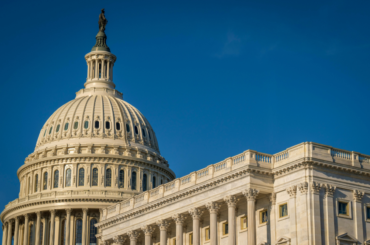The title of this article alone is tragic. How can suicide be one of the leading causes of death for kids who are just ten years old?
According to the CDC, “A total of 13% to 20% of US children and adolescents experience a mental disorder in a given year.” These mental disorders put them at greater risk for suicide. The American Academy of Pediatrics (AAP) recognizes that, unfortunately, there are not enough mental health professionals available to meet the needs of this volume of patients. In an attempt to close this gap, the AAP is recommending that pediatricians expand their knowledge base.
An updated report on Achieving Mental Competencies in Pediatric Practices calls for pediatricians to expand their ability to care for children experiencing a mental health crisis. The report recommends that physicians seek further training in mental health disorders, partner with mental health care providers, and advocate for better services.
The AAP reports, “Most children never receive the mental health care they need, partially due to a shortage of specialists. The need to address gaps in care is urgent, but pediatricians’ ability to play a more effective role in mental health depends on developing or honing their knowledge and skills.”
Other barriers to receiving critical mental health care include shame or embarrassment, and the high cost of care.
According to the federal Mental Health Parity and Addiction Equity Act of 2008, insurers are required to offer coverage for mental conditions that’s at least equal to their medical and surgical coverage. However, as CBS News found, many families have to fight to get the coverage they need for these (often pricey) treatments. Sometimes, insurance companies will only approve outpatient treatments when more intensive residential therapy is warranted.
Too often, families are forced to pay for life-saving treatments out of pocket, if they can afford them at all. One out of five Americans report that they have at least one person in their household who couldn’t get necessary mental health care due to the cost.
Part of the inequitable treatment of mental health disorders stems from stigma surrounding them. This stigma can deter people in need from asking for help. A recent poll showed that 68 percent of Americans think there’s at least some discrimination and stigma around mental illness, with the majority rating it as a “very serious” public health problem. About a third of those polled feel the stigma is about the same as it was 10 years ago, but a slightly higher percentage think attitudes around these illnesses have changed for the better in the past decade.
It’s not changing fast enough.
More than 47,000 people died by suicide in 2017, and there were an estimated 1.4 million suicide attempts. That amounts to one death every 11 minutes. The Suicide Prevention Lifeline offers these guidelines for helping youth who may be at risk:
- Take your loved one seriously if they say they want to hurt or kill themselves.
- Learn the warning signs listed on Suicidepreventionlifeline.org.
- Listen to your loved one’s problems with empathy and offer support.
- Don’t keep suicidal feelings a secret. It’s important to share with someone who is qualified to help.
If you are concerned about someone you love, contact the Suicide Prevention Hotline at 1-800-273-TALK.







